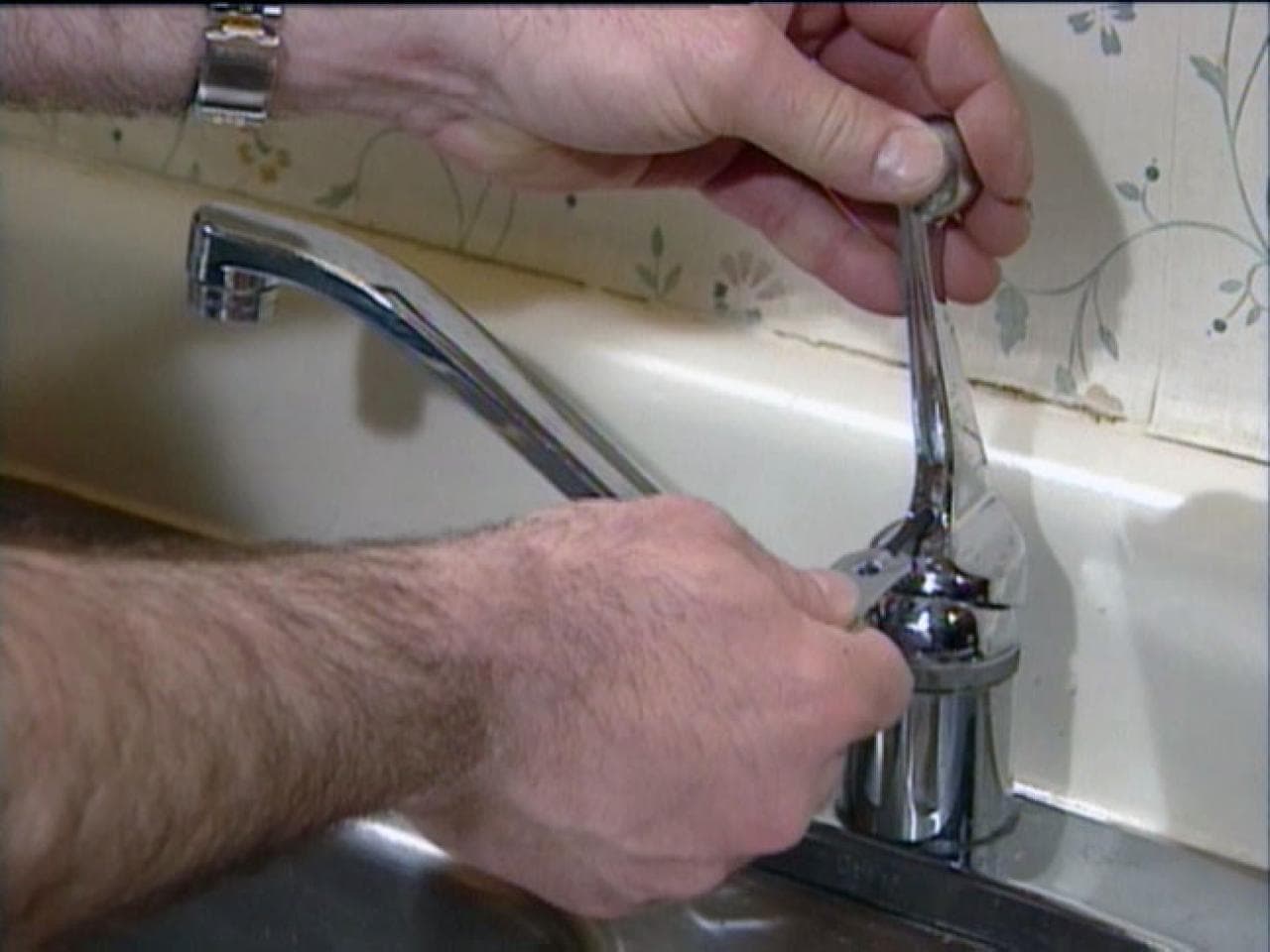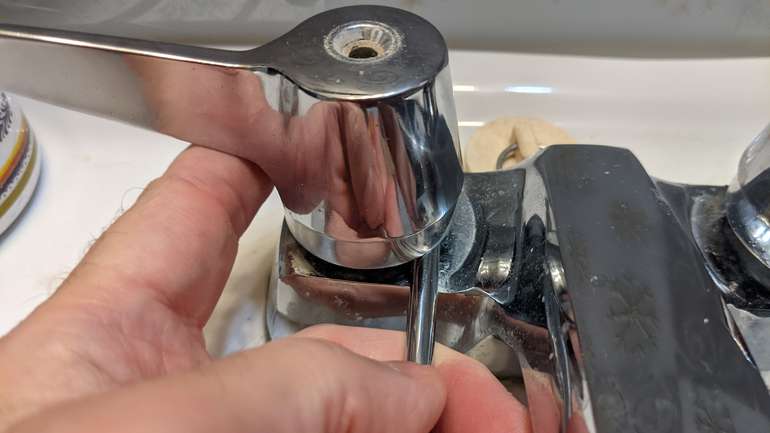Discovering the Value of Fixing a Broken Faucet
Discovering the Value of Fixing a Broken Faucet
Blog Article
Presented here further down you will discover a bunch of reliable information all about What Causes Leaky Faucets & How To Fix Them.

Dripping taps may feel like a minor trouble, yet their effect surpasses simply the inconvenience of the noise. From drainage to sustaining unnecessary financial expenses and health and wellness threats, ignoring a dripping faucet can result in different repercussions. In this article, we'll delve into why it's important to resolve this common house concern quickly and efficiently.
Waste of Water
Environmental Effect
Leaking faucets add dramatically to water wastefulness. According to the Environmental Protection Agency (EPA), a solitary tap trickling at one drip per secondly can throw away greater than 3,000 gallons of water per year. This not only pressures water sources but likewise impacts communities and wildlife based on them.
Financial Expenses
Raised Water Costs
Past the ecological influence, trickling taps can blow up water costs substantially. The accumulated wastage over time translates right into greater utility costs, which might have been prevented with timely repairs.
Possible Home Damage
In addition, extended leaking can lead to harm to fixtures and surface areas surrounding the tap. Water build-up can create discoloration, corrosion, and also structural problems if left unattended, leading to additional repair service costs.
Health Problems
Mold and Mildew Development
The continuous existence of wetness from a leaking faucet produces an optimal atmosphere for mold and mildew development. These fungis not only jeopardize interior air top quality but also posture wellness dangers, particularly for individuals with respiratory system conditions or allergies.
Waterborne Conditions
Stagnant water in dripping taps can end up being a breeding ground for germs and other pathogens, boosting the risk of waterborne illness. Impurities such as Legionella microorganisms grow in stagnant water, possibly leading to severe health problems when consumed or inhaled.
Do it yourself vs. Specialist Repair work
Advantages and disadvantages of DIY Repair Work
While some might attempt to take care of a leaking tap themselves, DIY fixings come with their very own set of difficulties. Without correct knowledge and devices, do it yourself attempts can worsen the concern or lead to incomplete repair services, prolonging the problem.
Advantages of Working With a Professional Plumber
Hiring an expert plumber makes sure that the underlying source of the trickling tap is dealt with successfully. Plumbers have the proficiency and equipment to diagnose and repair tap concerns successfully, conserving time and lessening the danger of further damages.
Step-by-Step Guide to Repairing a Dripping Faucet
Devices Needed
Before attempting to repair a dripping tap, gather the necessary devices, including a flexible wrench, screwdrivers, replacement parts (such as washing machines or cartridges), and plumber's tape.
Common Tap Issues and Their Solutions
Identify the sort of faucet and the details issue causing the drip. Typical troubles include damaged washers, corroded shutoff seats, or faulty O-rings. Describe supplier guidelines or online tutorials for step-by-step assistance on repair services.
Preventive Measures
Regular Maintenance Tips
To avoid trickling faucets, do routine upkeep such as cleaning up aerators, checking for leakages, and replacing worn-out parts promptly. In addition, consider setting up water-saving tools or updating to a lot more effective components.
Value of Prompt Fixes
Attending to leaking faucets as soon as they're observed avoids further water wastage and possible damage, ultimately conserving both water and money in the long run.
Influence On Building Worth
Perception of Well-Maintained Building
Maintaining a residential or commercial property in good condition, consisting of dealing with upkeep issues like leaking taps, enhances its viewed worth and desirability among possible buyers or renters.
Impact on Resale Value
Features with well-maintained plumbing fixtures, including taps, command greater resale worths in the property market. Addressing dripping faucets can contribute to a positive impact during residential or commercial property inspections and negotiations.
Environmental Obligation
Private Contribution to Conservation
Taking obligation for taking care of leaking faucets aligns with broader efforts towards water conservation and environmental sustainability. Every individual's actions jointly make a substantial influence on protecting precious resources.
Lasting Living Practices
By focusing on prompt repairs and taking on water-saving routines, individuals add to lasting living techniques that profit both present and future generations.
Verdict
Attending to a dripping tap goes beyond plain comfort; it's an important action toward preserving water, reducing economic costs, and securing health and property. Whether through do it yourself fixings or expert help, doing something about it to repair trickling taps is a tiny yet impactful method to promote liable stewardship of resources and add to a healthier, more sustainable future.
How to Fix a Dripping or Leaky Faucet
A leaking faucet is one of the most common problems that homeowners encounter, but it being commonplace doesn’t make it any less annoying. The constant drip drip drip of a leaking bathtub faucet, showerhead, or sink tap can disturb your home’s serenity. Left neglected, a dripping faucet can also result in higher water bills and discoloration or mold growth in your sink or plumbing fixtures.
Fortunately, you don’t have to be a trained plumber to know how to stop a dripping faucet. With some basic tools, replacement parts, and a little patience, leaky faucet repair is a breeze. In this article, we’ll explain what causes dripping faucets and how you can fix them.
What Causes a Leaking Faucet?
Kitchen and bathroom faucets come in all manner of designs, but most involve some combination of valves, O-rings, seals, and washers. The O-ring is usually the weakest link, but any one of these pieces can wear down over time. Heat, moisture, temperature fluctuations, minerals, mold, and movement can contribute to warping and corrosion, breaking the watertight seal. This just comes with the territory of being a homeowner. Everything is always subject to wear and tear, and some component parts of your appliances and fixtures need to be replaced on occasion. At least replacement O-rings are cheap!
More rarely, dripping faucets can be a symptom of excessively high water pressure. Were this the case in your home, you would probably notice that the leak is not isolated to one faucet. Water pressure issues are harder to resolve on your own. We recommend contacting a professional plumber if you suspect your water pressure is too high.
How to Fix a Dripping Faucet
Pipe wrench or monkey wrench Allen wrench set Screwdrivers Old towel or rag Shut off the water.
Before you do anything, you need to turn off the water to keep from drenching your kitchen or bathroom. You should find a valve under the sink and against the wall. Once you’ve turned this valve, try turning the faucet on to confirm that the water source has been cut off.
If you can’t locate your local valve for the faucet you’re working on, you can always shut off the water to the house at the main valve. Of course, this will prohibit anyone from using the sinks, showers, or toilets while you’re working on the faucet that’s giving you trouble.
Plug or block the drain.
You’ll be disassembling the faucet and removing some small bits of hardware. Plug the drain with a stopper or rag to avoid the possibility of a small screw falling into your P-trap.
Take apart the faucet assembly.
There are several varieties of kitchen and bathroom faucets, each with its own manner of assembly. For detailed instructions on how to disassemble your faucet, you can refer to the fixture’s manual or contact the manufacturer. If you know whether you have a ball, disc, cartridge, or compression faucet, you can find detailed schematics online.
In general, you need to begin by removing the faucet handles. You might notice a small screw that you’ll need to remove with a screwdriver or Allen wrench. If you don’t see any visible securing hardware, it’s likely hidden under a decorative cap that can be unscrewed or popped off with flathead screwdriver.
Remove each piece methodically, consulting a schematic when necessary. Take notes or arrange the pieces in such a way to make it easier to correctly reassemble the faucet later.
Remove the cartridge.
Once you’ve removed the handles and securing hardware, you should be able to remove the valve cartridge or stem. Some cartridges will slide right out. Other faucet models will require you to loosen a nut with a pipe wrench before you can remove the valve stem.
Examine the exposed hardware.
With the cartridge or stem removed, inspect the component parts. Check the rubber O-rings for wear and tear. Also examine the seat washer for corrosion or other damage. These pieces are usually the responsible parties for a dripping faucet, but it’s worth inspecting the other component parts while you have the faucet disassembled.
Find replacement parts.
Once you’ve identified which faucet component has failed, find an identical replacement. Your local hardware store should have O-rings, seat washers, and other standard components in stock. If you have a luxury or uncommon faucet, you may have to contact the manufacturer for a replacement part.
It’s a good idea to take your old parts with you to the hardware store so you can compare them with the store’s inventory and be sure you’re purchasing the correct replacement.
Reassemble the faucet.
With your new parts in hand, reconstruct the faucet and handles. Don’t be tempted to overtighten screws or nuts. You might think this could create a better seal, but it can instead damage or bend a delicate part of the assembly and create a new problem for you.
Turn on the water and test the faucet.
The only thing left to do is test your work. Unplug the sink, turn the water back on, and try the faucet. Congratulate yourself on a job well done!
https://www.libertyhomeguard.com/how-to-fix-a-dripping-or-leaky-faucet/

Do you really like reading up on How to Fix a Dripping or Leaky Faucet ? Try to leave a remark below. We will be glad to know your suggestions about this piece. Hoping that you come back again in the future. In case you liked our post plz consider to share it. Thank you for your time invested reading it.
Report this page